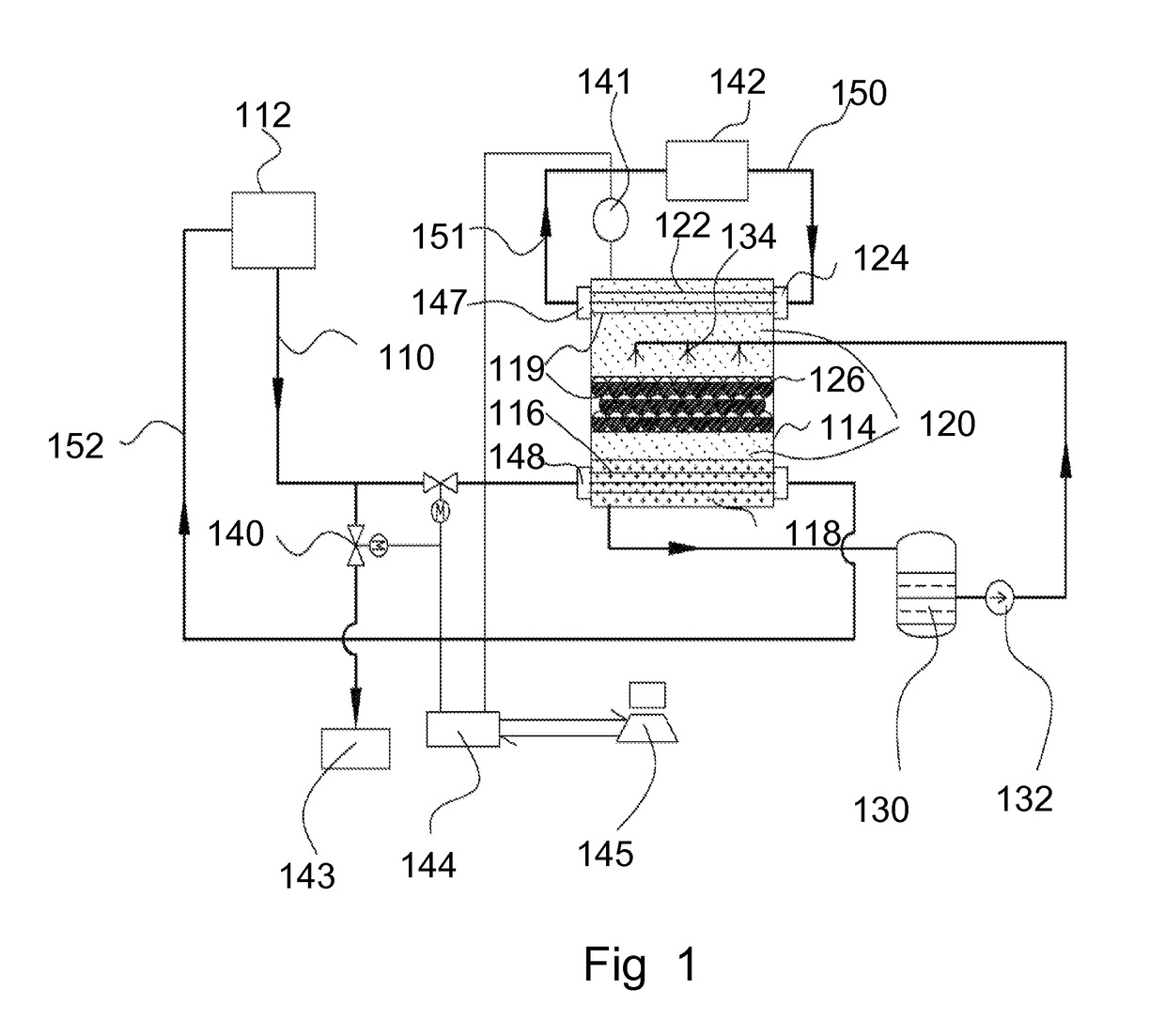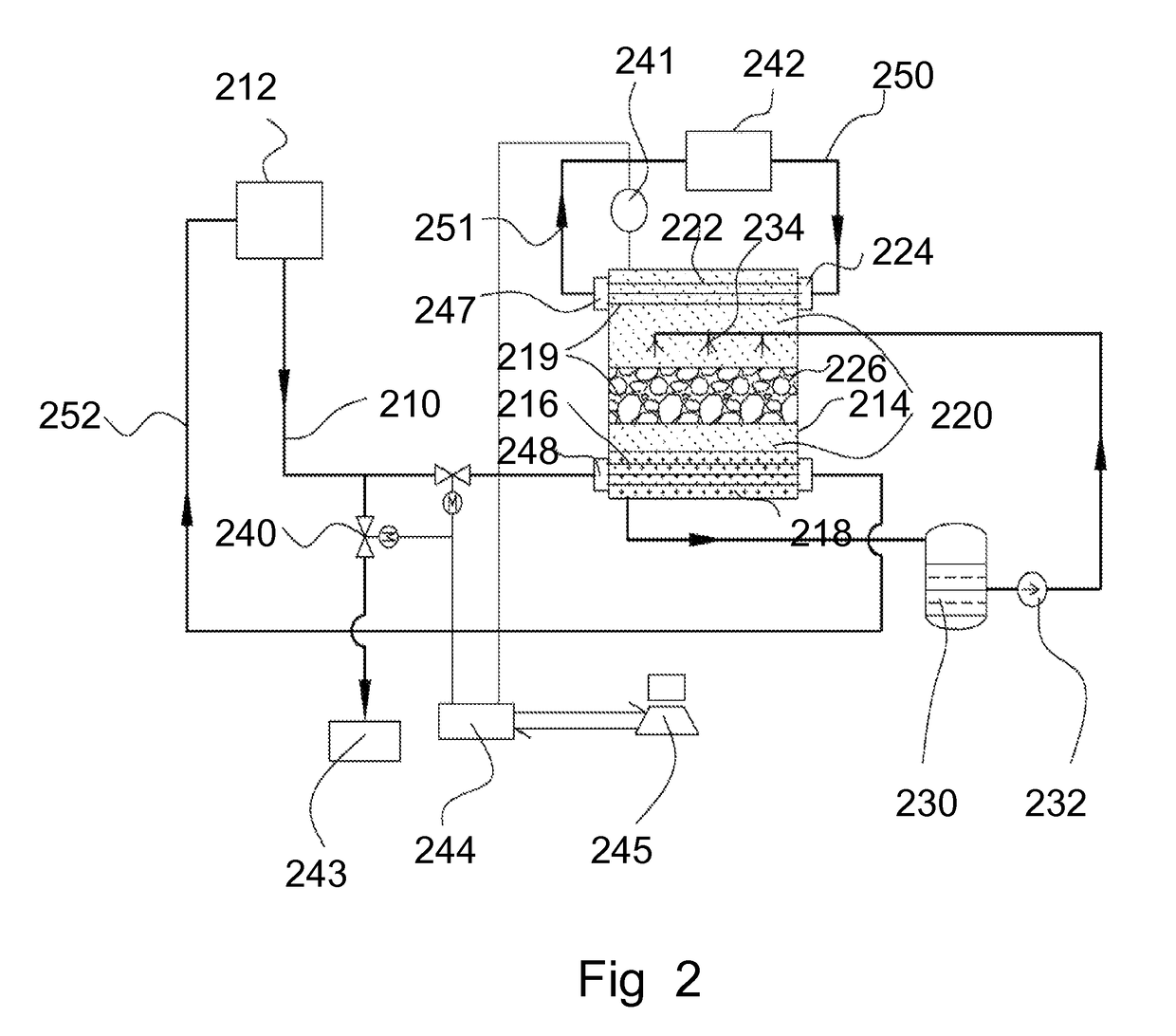Systems and methods of thermal transfer and/or storage
a technology of thermal energy storage and system, applied in the field of heat exchange and/or thermal energy storage methods and apparatuses, can solve the problems of inability to build power plants at any location, inability to meet the needs of small-scale emergency power supply, and high cost nature to achieve the effect of significantly difficult mechanical system design
- Summary
- Abstract
- Description
- Claims
- Application Information
AI Technical Summary
Benefits of technology
Problems solved by technology
Method used
Image
Examples
Embodiment Construction
[0047]Reference will now be made in detail to the invention, examples of which are illustrated in the accompanying drawings. The implementations set forth in the following description do not represent all implementations consistent with the claimed invention. Instead, they are merely some examples consistent with certain aspects related to the invention. Wherever possible, the same reference numbers will be used throughout the drawings to refer to the same or like parts.
[0048]Aspects of the innovations, such as those set forth in some of the implementations below, may relate to systems and methods of integrating an evaporation-condensation heat exchange mechanism with a phase change latent heat energy storage apparatus, using liquid-gas phase change materials as heat exchange media and solid-liquid phase change materials as thermal energy storage media. However, it should be understood that the inventions herein are not limited to any such specific illustrations, but are defined by ...
PUM
| Property | Measurement | Unit |
|---|---|---|
| melting point | aaaaa | aaaaa |
| melting point | aaaaa | aaaaa |
| temperature | aaaaa | aaaaa |
Abstract
Description
Claims
Application Information
 Login to View More
Login to View More - R&D
- Intellectual Property
- Life Sciences
- Materials
- Tech Scout
- Unparalleled Data Quality
- Higher Quality Content
- 60% Fewer Hallucinations
Browse by: Latest US Patents, China's latest patents, Technical Efficacy Thesaurus, Application Domain, Technology Topic, Popular Technical Reports.
© 2025 PatSnap. All rights reserved.Legal|Privacy policy|Modern Slavery Act Transparency Statement|Sitemap|About US| Contact US: help@patsnap.com



